Resource Center
The Transit Workforce Center is pleased to host a curated collection of publications and other materials to assist stakeholders engaged in transit workforce development. The Resource Center includes case studies, training materials, research reports, and other materials of interest, including publications produced by federal government agencies, transit organizations, and independent research entities. Resources may be filtered by topic, resource type, and transit mode. This TWC blog post explains how to use the Resource Center.
We are continuing to update the Resource Center regularly. Please contact us via the Request Help menu option if you would like assistance using the Resource Center or are looking for resources on a particular topic. We also welcome suggestions of topics or specific resources to add.
Content in external resources linked from the Resource Center is solely the responsibility of the resource authors and does not necessarily reflect the perspectives of or endorsement by the Transit Workforce Center.
Directory of Grant Writers
The purpose of this Directory is to connect transit managers looking to contract with grant writing consultants available for hire. Agencies can contact grant writers using their information provided by clicking the link below.
National Rural Transit Assistance Program (RTAP)
October 2024
LEARN MORE
The purpose of this Directory is to connect transit managers looking to contract with grant writing consultants available for hire. Agencies can contact grant writers using their information provided by clicking the link below.
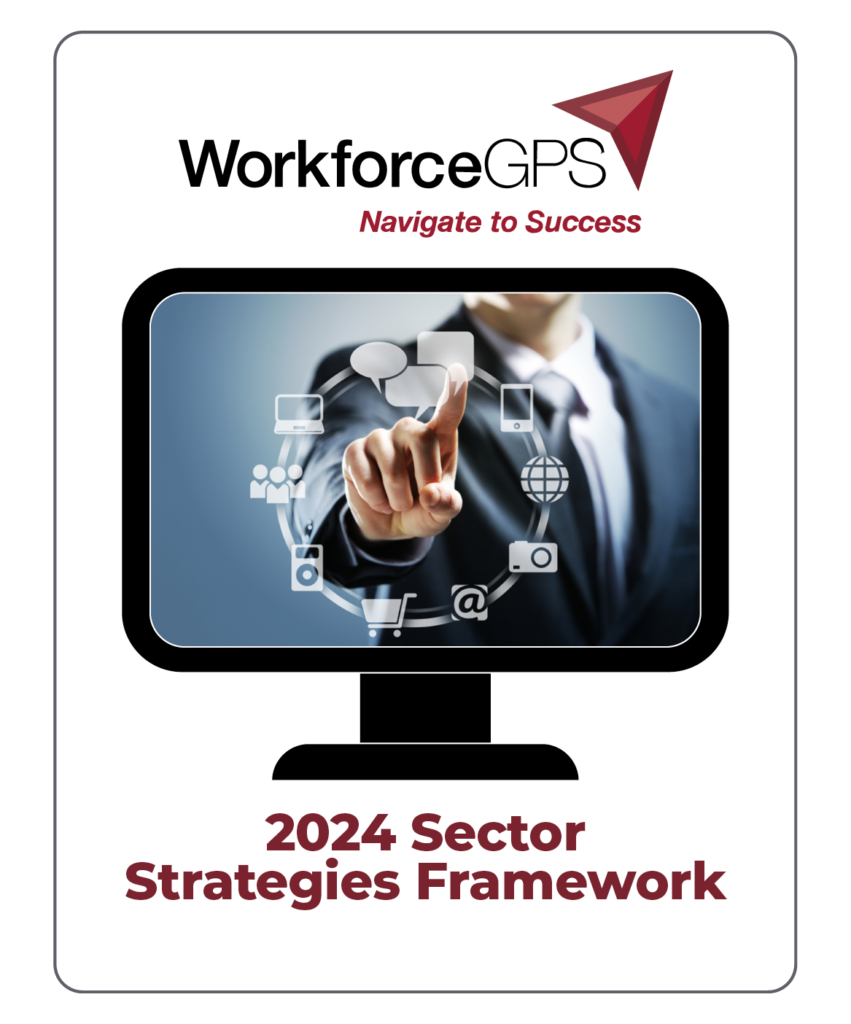
2024 Sector Strategies Framework
The Employment and Training Administration (ETA) released an updated Sector Strategies Framework to guide national, state, and local practitioners in their efforts to launch and implement effective sector strategies. It clearly lays out essential concepts and was developed to harness lessons learned from the field, provide support to overcome common barriers, and help practitioners build knowledge in new areas.
WorkforceGPS
September 2024
TOPICS: Hiring and Recruitment, Labor-Management Partnerships, Low-No, Policy and Planning, Retention, Trainer and Mentor Development, Training, Workforce Shortage
In September 2024, ETA released an updated Sector Strategies Framework to guide national, state, and local practitioners in their efforts to launch and implement effective sector strategies. The Framework is intended to advance knowledge and support the development, scaling, and durability of sector strategies. It provides workforce system practitioners with a clear picture of the concepts and elements essential to the successful implementation of sector partnerships and sector strategies. The Sector Strategies Framework was developed by ETA to harness lessons learned from the field, provide support to overcome common barriers, and help practitioners build knowledge in new areas.
Along with the Framework, the ETA released additional resources including:
- Implementation Guide and Self-Assessment and Action Planning Tool: Resources to help practitioners implement the Framework and assess and strengthen existing sector strategies efforts.
- ETA Blog Post: “Demand-driven training: Reimagining sector partnerships to build career pathways”
- Training and Employment Notice No. 08-24: Release and Availability of Updated 2024 U.S. Department of Labor’s Sector Strategies Framework
- Virtual Training Series: Learn more about the Framework and strategies to implement and scale sector strategies by viewing each session in this three-part series.
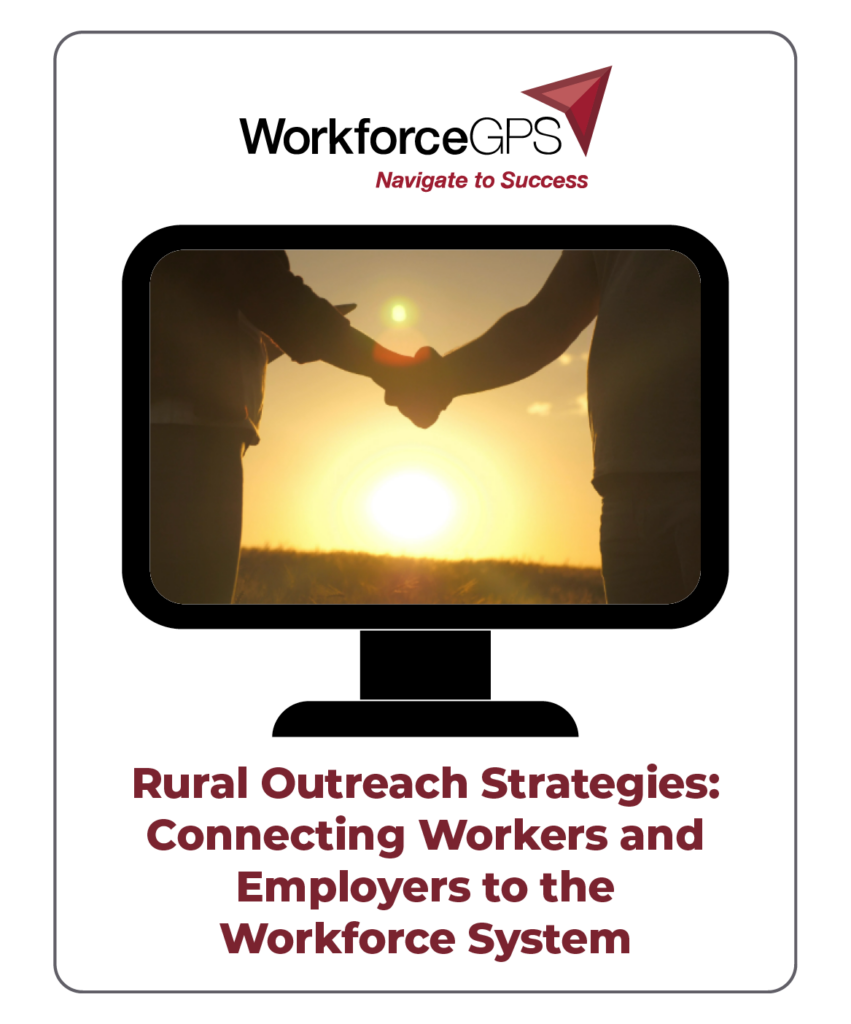
Rural Outreach Strategies: Connecting Workers and Employers to the Workforce System
Bringing services to rural workers and employers has long been a challenge in the workforce development system. This webinar features two real-world solutions: the use of mobile units, and the use of virtual job fairs.
WorkforceGPS
August 2024
LEARN MORE
Bringing services to rural workers and employers has long been a challenge in the workforce development system. This webinar features two real-world solutions: the use of mobile units, and the use of virtual job fairs.
Hear from South Carolina and Massachusetts about their successful implementation of their unique strategies.
MODERATOR(S)
- Tim Theberge, Division Director, Office of Trade Adjustment Assistance
PRESENTER(S)
- Adam Wagoner, Deputy Director, South Carolina Department of Employment and Workforce
- Chris Mills, Program Coordinator, MassHire Department of Career Services
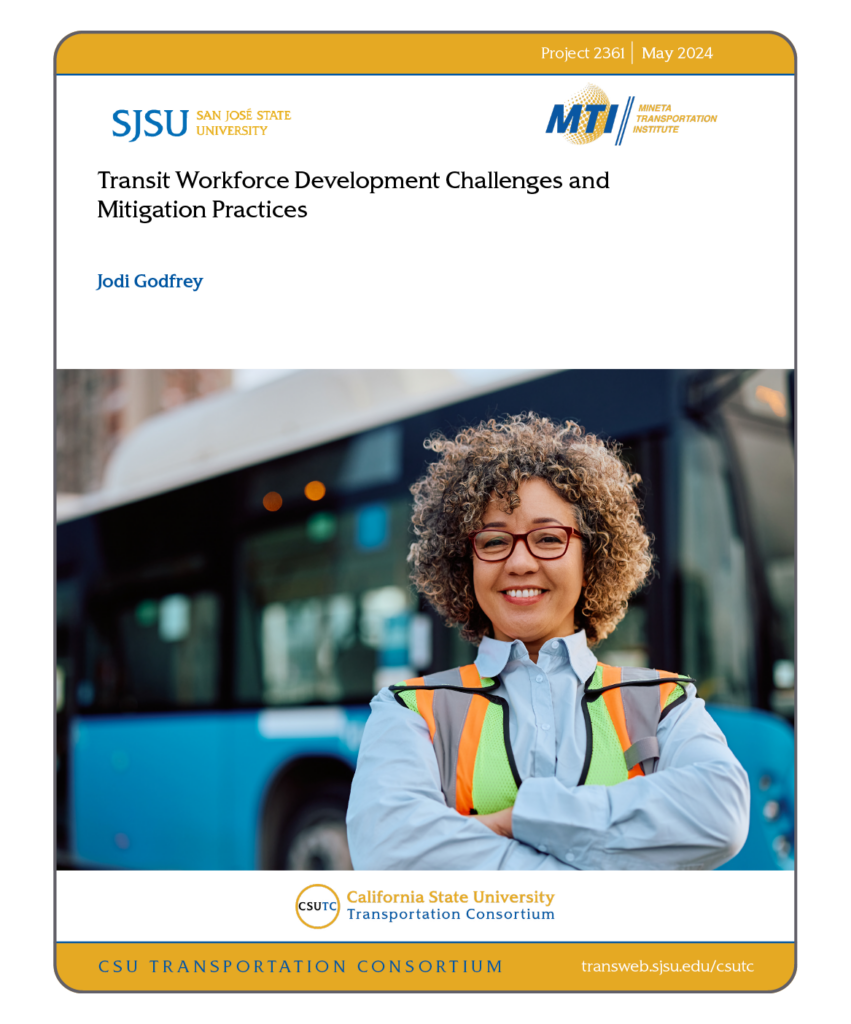
Transit Workforce Development Challenges and Mitigation Practices
This research summarizes existing studies on workforce development challenges within the transit industry. It provides a comprehensive overview of major findings and recommendations, focusing on current trends and effective strategies to address talent retention and attraction.
San Jose State University
August 2024
LEARN MORE
The goal of this research is to provide transit industry executives and transportation professionals with awareness of the many tools that are available to help attract more qualified candidates to the transit industry, as well as ways to advance the development
of the transit workforce. This research highlights social media recruiting; online hiring platform improvements; and partnerships with career centers, universities, and recruitment centers to attract new employees to the transit workforce. In addition, increases in pay, benefits, bonuses, providing flexible schedule options, and some other atypical ideas have successfully been used to retain workers in the transit workforce. This research focuses on ways in which all transit stakeholders can invest in all aspects of industry workforce development to ensure qualified employees choose the transit industry and that they are subsequently trained to be the most beneficial assets to the organization and remain there via effective retention strategies.
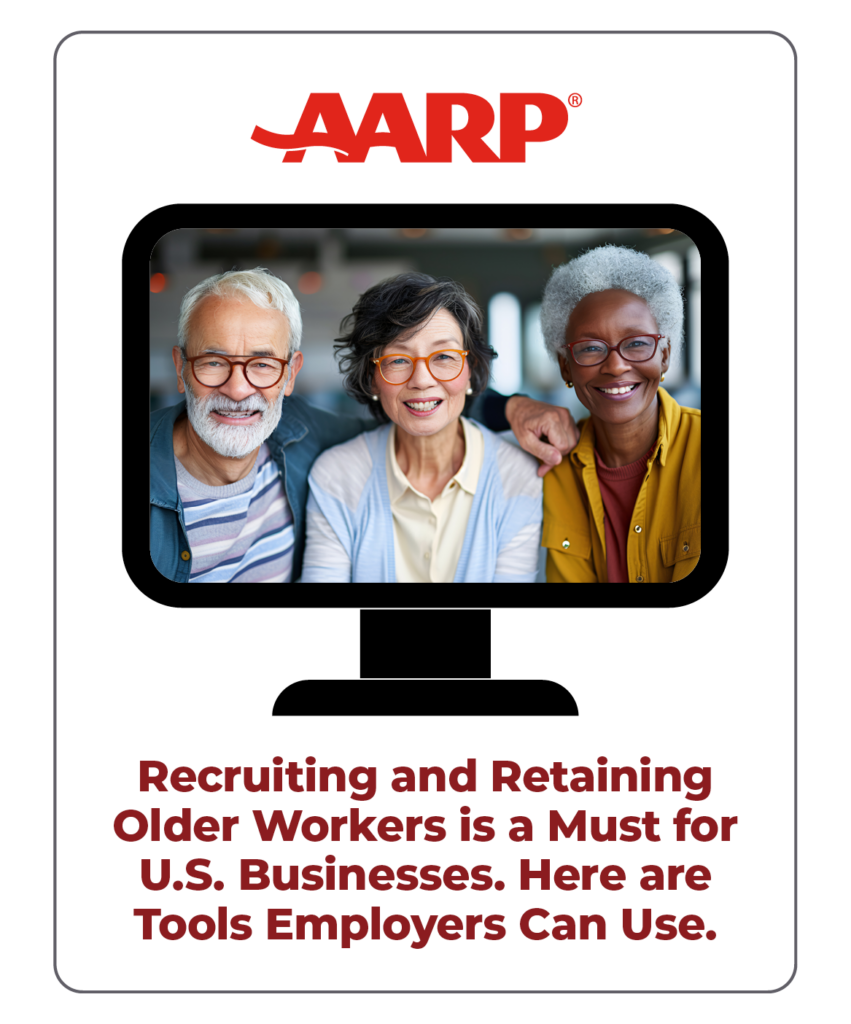
Recruiting and Retaining Older Workers is a Must for U.S. Businesses. Here are Tools Employers Can Use.
Shifting demographics in the U.S. workforce indicate that businesses are probably going to need to recruit, train, and retain older workers to ensure their companies remain competitive. However, workplace surveys indicate that most firms are currently not prepared to find and welcome workers who are 50 years of age or older. Fortunately, this report offers several promising new directions to build knowledge and advance policies and practices that support older workers’ mobility in the labor market.
AARP
July 2024
TOPICS: Career Pathways, Community Engagement, Hiring and Recruitment, Retention, Workforce Shortage
Shifting demographics in the U.S. workforce indicate that businesses are probably going to need to recruit, train, and retain older workers to ensure their companies remain competitive. However, workplace surveys indicate that most firms are currently not prepared to find and welcome workers who are 50 years of age or older.
Fortunately, a broad array of evidence-based hiring and talent development strategies are at the ready for U.S. employers. These strategies draw from a recent and comprehensive review of employer practices and their influence on economic security and mobility for U.S. workers.
Three key connected takeaways for employers to consider as they plan for ways to leverage this segment of the workforce are as follows:
• Engage directly with older employees in developing their digital skills.
• Seek out the social networks in which older workers operate to find the best recruiting matches.
• Lean into current or former employees and their online connections to identify these social networks.
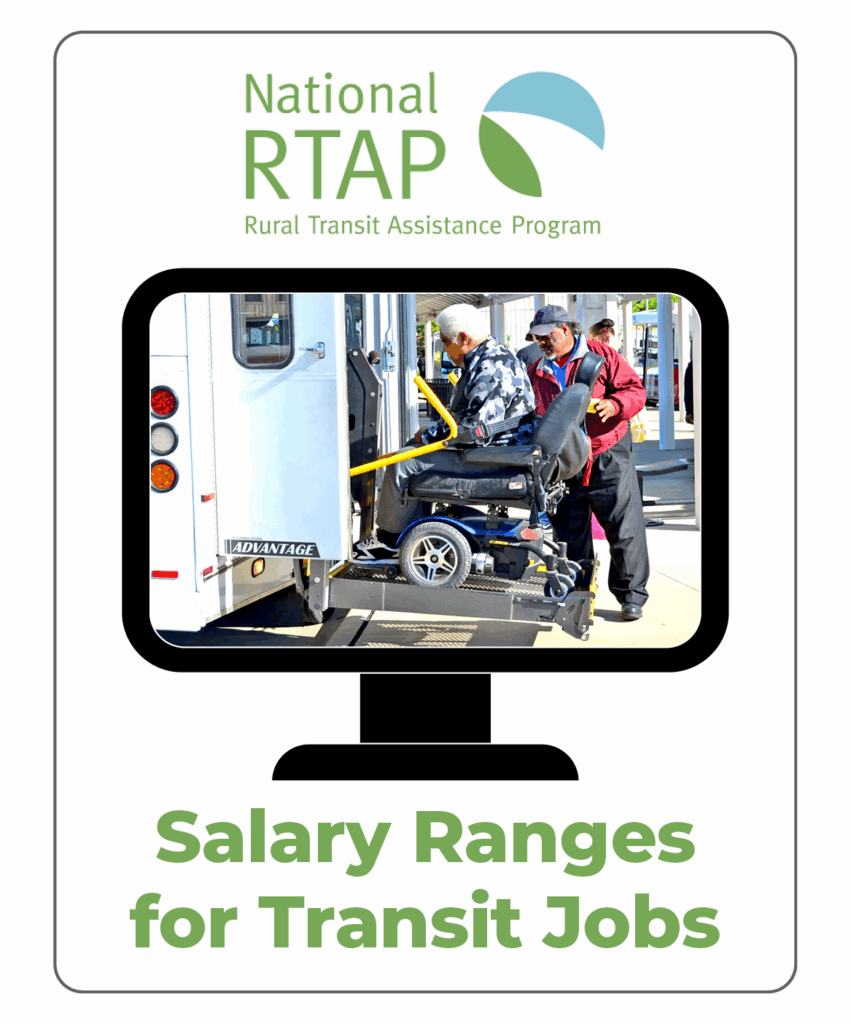
Salary Ranges for Transit Jobs
In June and July of 2024, National RTAP completed a survey of rural and tribal public transit agencies; the survey included a section on annual salaries and hourly pay rate ranges, annual salary increases, and benefits offered to full-time and part-time employees. National RTAP received responses from 391 agencies, representing 43 states, with 327 agencies providing information about jobs and annual salary and hourly ranges. The dataset is not exhaustive but can help rural and tribal transit providers in determining salary ranges for various positions.
The survey data is aggregated in a downloadable spreadsheet, which is available on the National RTAP landing page at the link below.
National Rural Transit Assistance Program
July 2024
LEARN MORE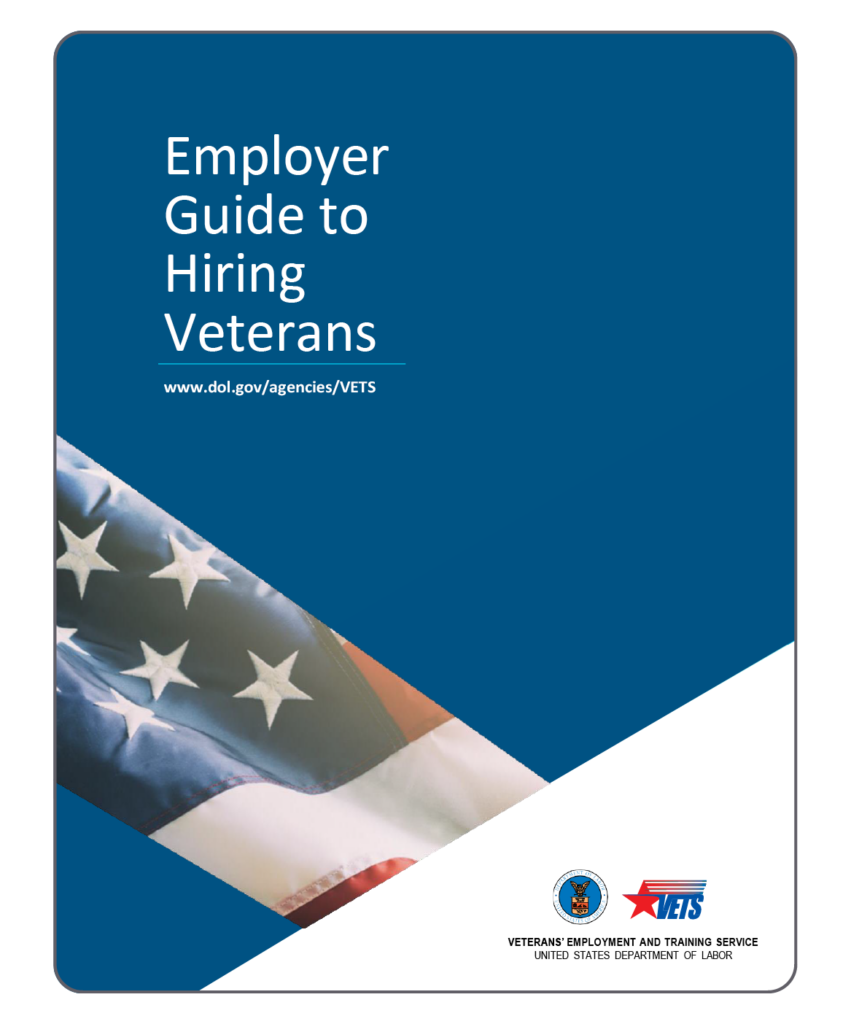
Employer Guide to Hiring Veterans
Veterans can bring valued skills and characteristics to your workplace, and this guide provides resources and identifies best practices to help transit agencies attract, train, and retain veterans and service members.
United States Department of Labor
LEARN MORE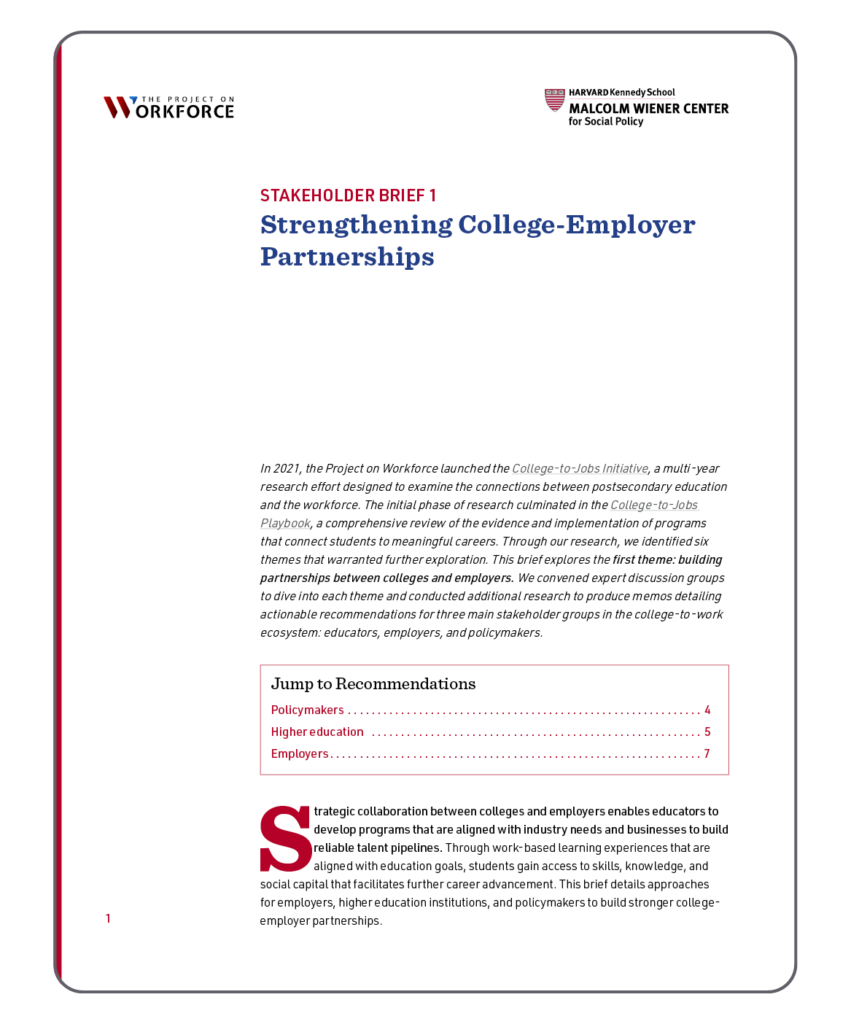
College-to-Jobs Initiative: Policy and Practice Series
With these webinars and stakeholder briefs, the Project on Workforce aims to increase attention and investment in college-to-career transitions and show how colleges can better deliver on economic prosperity.
The Project on Workforce
TOPICS: Apprenticeship, Career Pathways, Hiring and Recruitment, Mentorship, Trainer and Mentor Development, Training
The Project on Workforce released new recommendations for educators, employers, and policymakers on how to improve college-to-jobs connections. With these webinars and stakeholder briefs, they aim to increase attention and investment in college-to-career transitions and show how colleges can better deliver on economic prosperity.





 CLEAR
CLEAR

